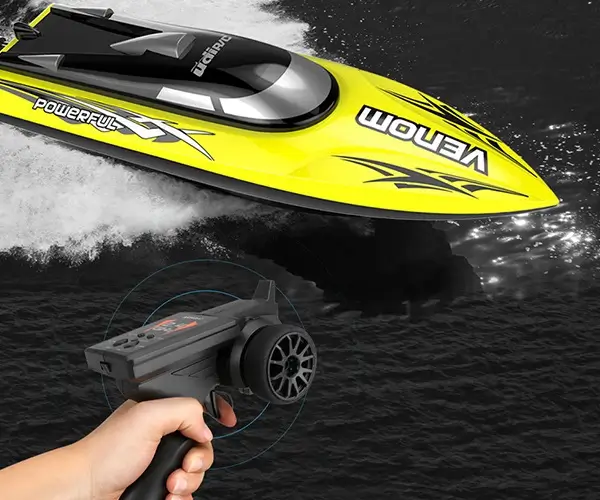Ever wondered what makes a servo motor different from a BLDC motor? It’s a question that pops up a lot when diving into robotics, automation, or even DIY projects. Both are kids on the same technological block, but they have their own personalities—and knowing which one fits your needs can really streamline your project.

Let’s start with the basics. A servo motor is almost like that friend who’s got a knack for precision. It’s designed to give you specific angular positions, and it’s got built-in feedback mechanisms. Want to turn a robotic arm to exactly 45 degrees? A servo’s got you covered. It’s not just about spinning; it’s about controlling movement with finesse. You’ll find this motor popping up all over RC cars, drones, or even camera rigs where exact positioning is king.
Now, shift gears to the BLDC motor, or Brushless DC motor. Think of it as the workhorse—it’s all about efficiency and power. No brushes mean fewer parts to wear out, which translates into longer lifespan and less maintenance. These motors are everywhere, from electric bikes to industrial automation, thanks to their high torque and smooth operation. They don’t do the same kind of precise positioning as servos, but when you need raw force and durability, BLDCs shine.
Here's a common question—if I’m designing a robotic arm that needs delicate movements, which should I pick? Well, it depends. If your project demands exact angles, quick response, and built-in control, a servo makes sense. On the flip side, if you’re building something that needs steady power and can handle a bit of complexity in control systems, a BLDC might be the better choice. It’s like choosing between a scalpel and a hammer—both tools, both effective, but suited to different tasks.
Cost and complexity matter too. Servos tend to be a bit more expensive upfront because of their integrated control systems. They’re also easier to install if you’re after instant precision. BLDC motors can be more cost-effective at scale, especially when paired with quality controllers, but they might need a bit more wiring and programming know-how.
And what about durability? Both stand out here. Servos tend to have a shorter service life if used heavily—think about the wear on gears and internal parts. BLDC motors, with fewer components rubbing against each other, handle tough environments better. Imagine a drone flying through rain or a continuous conveyor belt—BLDCs are often more reliable in those conditions.
In the end, it’s about what’s more critical for you: precision or power. If you want exact control with quick, repeatable movements, go for a servo. If you need big torque, longevity, and efficiency under load, a BLDC might be the way to go. Either way, both are impressive—just tailored for different adventures.
Choosing the right motor isn’t just a technical decision; it’s about matching the right tool to the job. Think about what you’re building, what kind of performance you need, and how much you’re willing to invest. The right choice can elevate your project from good to exceptional.
Established in 2005, Kpower has been dedicated to a professional compact motion unit manufacturer, headquartered in Dongguan, Guangdong Province, China. Leveraging innovations in modular drive technology, Kpower integrates high-performance motors, precision reducers, and multi-protocol control systems to provide efficient and customized smart drive system solutions. Kpower has delivered professional drive system solutions to over 500 enterprise clients globally with products covering various fields such as Smart Home Systems, Automatic Electronics, Robotics, Precision Agriculture, Drones, and Industrial Automation.




































